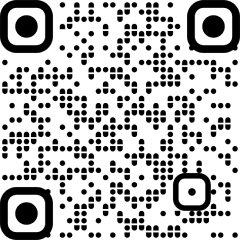
New Delhi: As of July 28, 2025, a total of 79.71 crore accounts for the Ayushman Bharat Health Account (ABHA) have been created, and around 65.09 crore health records have been linked to it, Minister of State for Health Prataprao Jadhav told the Lok Sabha on Friday.
In a written reply, he stated that around 4.17 lakh health facilities have been registered in the Health Facility Registry (HFR), and approximately 6.76 lakh healthcare professionals are registered on it.
The Ayushman Bharat Digital Mission (ABDM) has been launched with an aim to create an online platform enabling the interoperability of health data within the health ecosystem to form a longitudinal electronic health record of every citizen, Jadhav said.
He clarified that details regarding whether health facilities are located in urban or rural areas are not captured during the registration process of the HFR. Currently, there are 3,20,973 healthcare facilities equipped with ABDM-enabled software, and the number of districts hosting these facilities is 771.
To address areas with poor internet connectivity, the ABDM includes provisions for assisted modes. For example, an offline mode for creating ABHA accounts has been implemented to facilitate registration where internet access or hardware availability is lacking.
The National Health Authority, which oversees the implementation of ABDM, is collaborating closely with states to ensure effective rollout of the mission, the minister noted.
A public dashboard [dashboard.abdm.gov.in] has been set up to track the progress of the different KPIs [key performance indicators] associated with ABDM. This dashboard has drill-downs to the state, district and hospital levels and therefore, helps in the assessment of the implementation of ABDM.
The government has taken various steps to ensure that the benefits of the mission reach every citizen. The digital health ecosystem created by ABDM supports continuity of care across primary, secondary and tertiary healthcare in a seamless manner, Jadhav mentioned.
It also enhances the availability of healthcare services, particularly in remote and rural areas, through various technological interventions such as telemedicine.
The eSanjeevani is a national telemedicine service operational in 36 states and union territories (UTs), aimed at achieving universal health coverage (UHC), Jadhav stated in his written reply.
It is implemented in two variants: eSanjeevani AB-HWC and Ayushman Arogya Mandir, a provider-to-provider telemedicine platform, and eSanjeevani OPD, a patient-to-provider telemedicine platform which operates on a hub-and-spoke model.
As of 28 July 2025, eSanjeevani has served over 39 crore patients.
The service has been operationalised through 1,34,029 Ayushman Arogya Mandirs (erstwhile health and wellness centres) which serve as spokes, supported by 17,568 hubs and over 719 online OPDs staffed by over 2,24,528 doctors, medical specialists, super-specialists, and health workers engaged in telemedicine, he said.
Furthermore, to address the network connectivity issues, state governments are collaborating with telecom providers to extend broadband coverage to the Ayushman Arogya Mandir sub-health centre level, Jadhav added.







